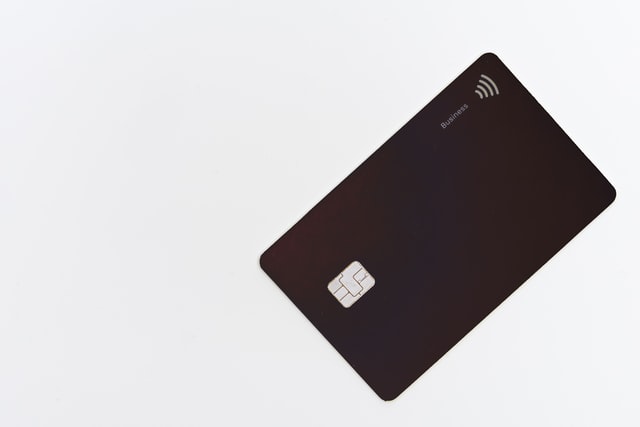A cash advance from a credit card is exactly what it sounds like – cash from your credit card in advance of you having the money. It is like a short-term loan at an ATM or bank. The difference between a cash withdrawal from a bank account is that when you take out a cash advance from a credit card you have to repay that money – just like other expenses that you have put on your credit card. Instead of buying goods, you are “buying” cash, just like you would with other products in a store or online.
How Does A Cash Advance Work?
If you have got in the habit of just carrying credit cards when you are out and about you might find yourself in a tight situation if you need to pay for something with cash. You might find a store where the till isn’t working or go to a farmers market where you can’t pay with a credit card. In this case, you might find a cash advance a tempting option so you can buy whatever you want on the spot.
Others turn to a credit card cash advance when they don’t have enough money in their bank accounts.
If your credit card has a pin (and you remember what it is!) you can get your cash advance straight from a local ATM. If you don’t know what your pin is then you’ll need to go to a bank branch that offers cash advances from your payment network. You’ll also need to show your ID to prove that the credit card belongs to you.
It’s worth knowing that most credit card providers won’t let you take your whole credit line in cash – only a small percentage. Even if your credit limit is $10,000 your cash advance limit will still be capped at a couple of hundred dollars. This means it isn’t a hugely reliable method to borrow lots of money in case of an emergency.
Why Are Cash Advances Expensive?
Even though a cash advance is easy to get it doesn’t make it a cheap option. It’s one of the most expensive ways to get cash fast. This is because when you take out a cash advance it comes with a wide range of expenses:
- Bank or ATM fees: These are charged by the bank or financial institution that actually manages the transaction. It could be the owner of the ATM or the bank where you get the cash.
- Fees for the cash advance: These are charged by the card issuer who provides your card. Sometimes it is a flat fee – around $5 or $10 but some charge a % of the amount that you are being advanced. In some cases, this could be up to 5%. Other times it is a percentage but it has a minimum – e.g. it could be 4% or $10 – whichever is more.
- Interest: When you take a cash advance you’re hit in two separate ways. The interest rate that is charged on cash advances is typically more than on purchases. And secondly, when you take out a cash advance interest starts building up immediately – there is no gap or grace period like there is with purchases.
Taking out a cash advance is incredibly expensive and so if you do decide to go down the route make sure you think it through before you do. Cash advances should only be used in extreme situations and hopefully you can pay it back quickly before it gets you in trouble. If you find yourself taking them out regularly then you should talk to a credit counseling agency or debt relief agency.

What Are The Alternatives To Cash Advances?
If you are struggling for cash and you’re not sure where to get money then you could think about the options below. None of the options might be perfect but could be cheaper than a cash advance on your credit card.
- A Personal Payday Loan: If you don’t have good credit this could be an expensive option but interest rates could be better than a cash advance.
- Promotional Offers From Credit Card: In the recent past credit card issuers have created products that allow you to turn your available credit card into an installment loan with better terms. You will still be charged interest but it could be at a much better rate than a cash advance.
- Borrow Money From Family or Friends: It might be an awkward conversation to start but should be much cheaper in the long run.
- Overdrawing Your Bank Account: Instead of taking out a cash advance you could go into your overdraft. This will still cost you money but you won’t need to pay interest and will be a fixed penalty.
To summarise – a cash advance on a credit card is a costly way to borrow a short-term amount of money. It’s never a cost-effective strategy so think quickly before you do it, especially if it is not for an essential cost or expense.


